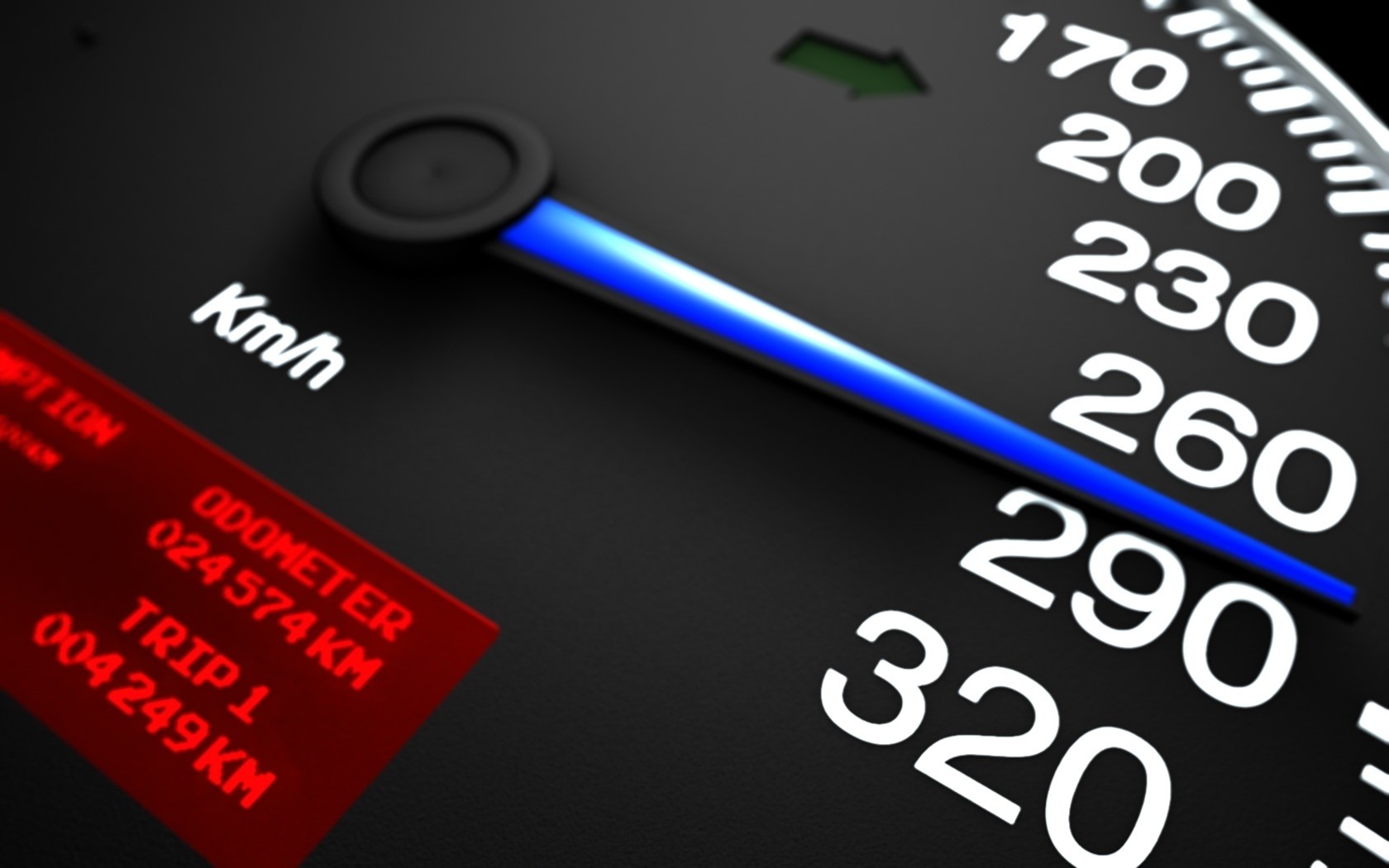NAIROBI, Oct. 27 (Xinhua) — Inside a public transport vehicle plying downtown Nairobi and Donholm route on the east, the conductor on Saturday hurried to collect fares from passengers.
He picked the fare of an equivalent of 0.80 U.S. dollars from each passenger in cash, returned the balance if any before moving to the next.
“Just pay in cash because it makes work easier for me,” the conductor told a female passenger who asked to pay fare for two people with mobile money.
The lady grumbled but complied, with the exercise taking the conductor some 20 minutes before he went back to his seat and started to count the collection.
About two years ago, the bus company was among those that were pioneering cashless payment system by selling prepaid cards to commuters.
Customers were also allowed to pay via mobile money through a paybill number that was displayed conspicuously inside the vehicle.
The cashless system had the backing of the government, top telecommunication firms and banks, which touted the cards as the panacea to end corruption on the road and curb haphazard fare increases.
But all that is now gone as the public transport vehicles, or matatus, reverted to the cash system.
Cash payment reigns supreme in the matatus once again as some commuters, who had embraced cashless system, are stuck with prepaid cards they cannot use.
Nairobi resident George Mukunya is among those who had bought the prepaid fare cards.
“I acquired the card because I loved the idea. It was innovative and would have transformed the sector but it did not work,” said Mukunya.
The 37-year-old had loaded money in the card and used it for about two months before some vehicles started to reject it. He has not been twice lucky with the matatu cashless fare payment cards.
“Some seven years ago, a bus company operating the Kitengela-Nairobi route introduced the cards. We had fully embraced them but the company collapsed, leaving commuters with cards we could not use, and there was no refund of my 15 dollars,” he recounted.
This time round, Mukunya’s 5 dollars are stuck in the card and he gave up on trying using it as matatu operators quietly withdrew the service.
At the height of the campaign to introduce the cashless system, the National Transport and Safety Authority (NTSA) said over a million Kenyans had acquired the cards.
This means that Kenyans who had loaded their cards with cash could have lost millions of dollars when the system collapsed.
But while the matatus cling onto cash, at the standard gauge railway and most of the taxis, especially those working under hailing apps, the cashless system has been embraced.
At the standard gauge railway, one books their ticket online and then pays via mobile money, a system that has been credited for enhancing efficiency.
“You visit the website, then open a form to select whether you want a return trip or a one-way ticket, as well as your traveling dates. Then choose which cabin you want, that is, economy or business class. Select your seat, enter your details and them you pay via mobile money. It is seamless,” said Amos Mureithi, a frequent traveler with the train from Nairobi, where his family is, to Mombasa, where he works.
Initially, one had to visit the SGR station along Mombasa Road and pay for the tickets in cash.
With taxis, those operating under apps Uber, Taxify and Little Cabs in the east African nation, at the end of the journey, drivers normally inform one the amount and they accept mobile money payments as well as cash.
Matatu operators blame the collapse of the cashless system to failure by different players to link their services.
“We started to lose business because commuters could not use the same card in different vehicles. This meant they had to wait for a particular bus company for them to commute, which did not make sense,” said Antony Wachira, a conductor on the Komarock route.
Paying with the card is safer as chances of one being overcharged or the conductor disappearing with one’s balance are minimal.
“I believe the capping of fares was one of the reasons matatu operators resisted the payment cards because they could not raise fares as they always do, especially when it rains,” George Masinde, who works with a bank that was offering the cards, said.
Some matatu operators are also reluctant to adopt the system because of fear they might lose jobs.
“We normally deduct our money from the day’s collection and take the rest to the employer. Such would not have been possible with the (cashless) system,” said Kenneth Mogaka, a driver on the Kayole route.
Bernard Mwaso of Edell IT Solution, however, blamed the failure of the technology to the informal nature of the industry, which made it hard to thrive.
He noted that the train service and taxis are structured in a way that enables cashless payment to flourish.



![Top 20 Used Cars to Avoid Buying in Kenya – [PHOTOS]](../../../blog/wp-content/uploads/2013/11/top-used-unreliable-cars-to-avoid2-80x60.jpg)


![Top 20 Used Cars to Avoid Buying in Kenya – [PHOTOS]](../../../blog/wp-content/uploads/2013/11/top-used-unreliable-cars-to-avoid2-100x70.jpg)



